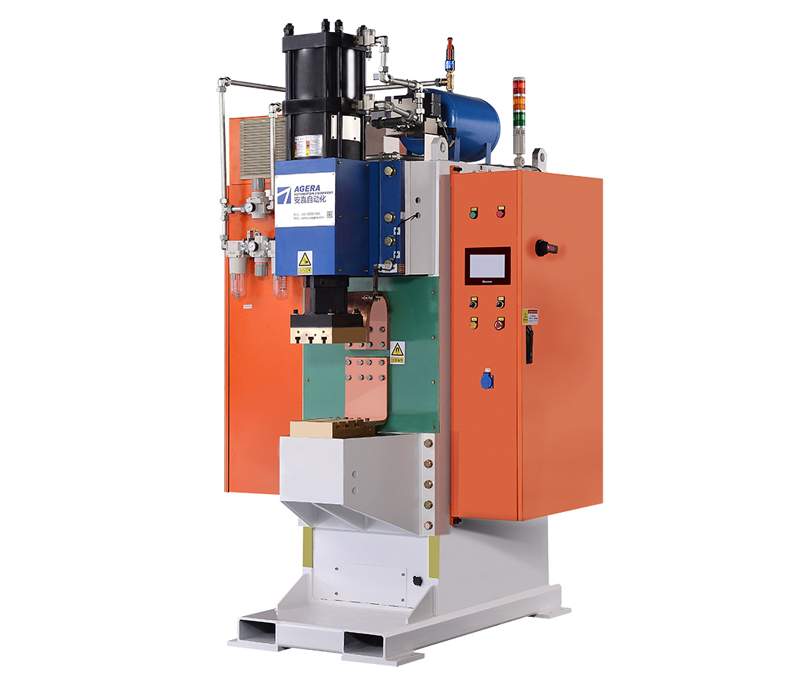Energy storage spot welding machines are sophisticated equipment used in various industries for efficient and precise welding operations. However, like any machinery, they can experience occasional failures that may disrupt production and affect overall performance. This article aims to analyze some common failures that can occur in energy storage spot welding machines, their potential causes, and possible solutions. Understanding these issues can help operators troubleshoot and resolve problems effectively, minimizing downtime and maximizing productivity.
- Insufficient Welding Power: One common issue is insufficient welding power, resulting in weak or incomplete welds. This can be caused by various factors, such as inadequate energy storage capacity, worn-out electrodes, loose connections, or improper parameter settings. To address this, operators should ensure that the energy storage system is fully charged, inspect and replace worn electrodes, tighten all connections, and verify that the welding parameters are correctly set according to the material and desired weld quality.
- Electrode Sticking: Electrode sticking occurs when the electrode fails to release from the workpiece after welding. This can be attributed to factors like excessive weld current, inadequate electrode force, poor electrode geometry, or contamination on the electrode surface. To resolve this, operators should review and adjust the weld current and electrode force to the recommended levels, ensure proper electrode geometry, and clean or replace electrodes as needed.
- Weld Spatter: Weld spatter refers to the expulsion of molten metal during welding, which can cause damage to surrounding components or create an unattractive weld appearance. Factors contributing to weld spatter include improper electrode geometry, excessive welding current, and insufficient electrode cooling. Operators should inspect and correct electrode geometry, adjust welding parameters to minimize spatter, and ensure adequate cooling measures, such as water cooling or air cooling, are in place.
- Inconsistent Weld Quality: Inconsistent weld quality can result from factors such as inconsistent energy discharge, improper electrode alignment, or variations in material thickness. Operators should check and calibrate the energy discharge system, verify proper alignment of electrodes, and ensure consistent material preparation and thickness across the workpieces.
- Electrical System Failures: Electrical system failures, such as tripped circuit breakers, blown fuses, or malfunctioning control panels, can disrupt the operation of energy storage spot welding machines. These failures can be caused by power surges, overloading, or component wear. Operators should regularly inspect electrical components, replace worn-out parts, and adhere to recommended power supply limits to prevent electrical failures.
While energy storage spot welding machines offer numerous advantages in terms of efficiency and precision, occasional failures can occur. By understanding and analyzing common issues such as insufficient welding power, electrode sticking, weld spatter, inconsistent weld quality, and electrical system failures, operators can effectively troubleshoot and resolve problems. Regular maintenance, proper electrode care, adherence to recommended parameters, and a thorough understanding of the machine’s operation are crucial for maximizing the performance and longevity of energy storage spot welding machines.
Post time: Jun-12-2023



